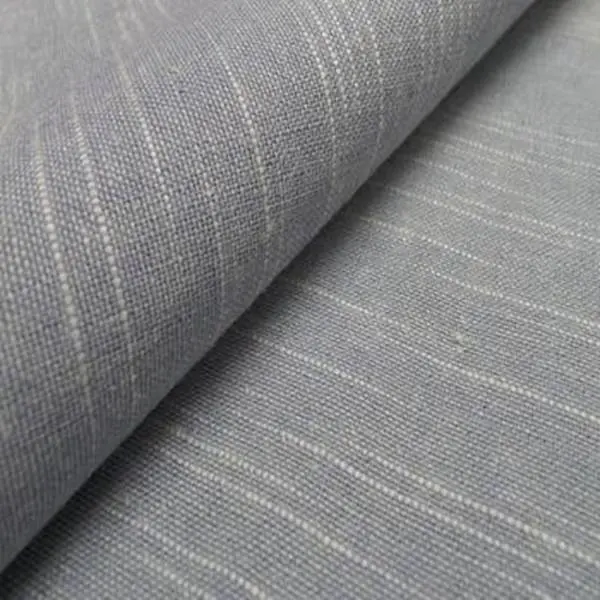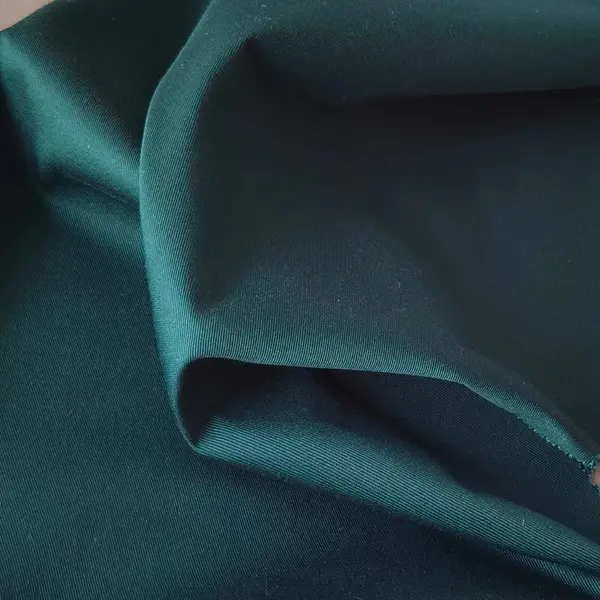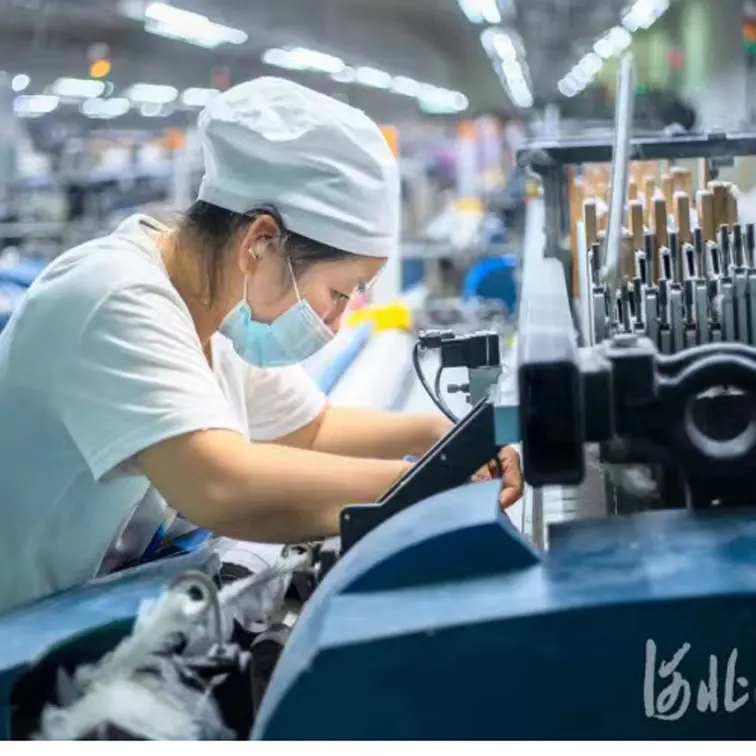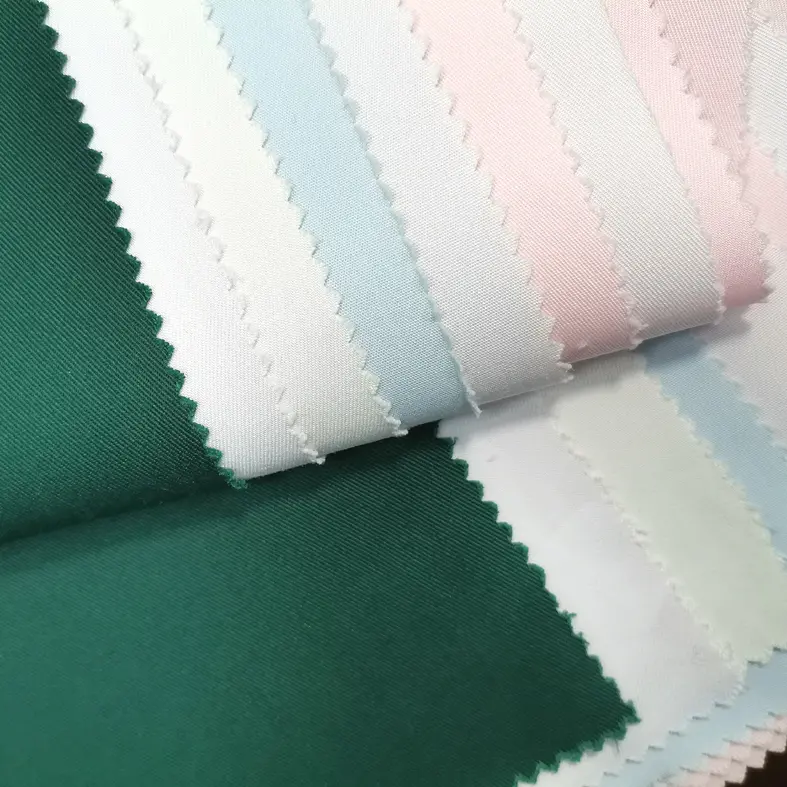Explanation 1: “Light up”
Generally speaking, the phenomenon of “lighting up” refers to the phenomenon of “homochromatic metamerism”:
Two color samples (one standard and one comparison sample) appear to be of equal color (no color difference or small color difference) under one light source (such as D65), while they exhibit significant color difference under another light source (such as A), which is called the “homochromatic metamerism” phenomenon
For this situation, we can describe it as’ lighting up '. That is to say, whether the sample can be matched with the standard sample for color matching depends on selecting a specific light source.
The fundamental reason is that the two samples have different reflections of light (reflection spectrum curves or visible band reflectivity), so it is called “Metamerism”.
The reasons for the “abnormal spectrum” include:
A. Die Zusammensetzung der zum Färben verwendeten Pigmente ist unterschiedlich.
B. Unterschiedliche Verarbeitungsmethoden usw.
Explanation 2: “Jumping lights”
In fact, when we talk about “Tao light” in daily life, besides the above meaning, there is another layer of meaning:
It refers to the situation where a single color sample undergoes dramatic color changes under different light sources. At this point, it can be described by “jumping the light”.
So, “jumping the light” can also be said to be a sample.
Beispielsweise würde der Farbstoffingenieur bei CIBA bei der Empfehlung des Farbstoffs CIBA DEEP RED sagen: „Dieser Farbstoff springt unter Licht A nicht rot.“
(Der Autor versteht seine Bedeutung so, dass, obwohl eine Lichtquelle eine große Menge an rotem und gelbem Licht enthält, der Farbstoff CIBA DEEP RED nicht viel röter wirkt als unter einer Lichtquelle D65.)
Post time: Mai . 10, 2023 00:00




















 Hautfreundlich
Hautfreundlich Vielseitig
Vielseitig Dauerhaft
Dauerhaft Gesichert
Gesichert
